- Home
- Encyclopedia
- Ed Cantrell, Rock Springs and Boom-time Crime
Ed Cantrell, Rock Springs and Boom-time Crime
It was Old-West-style: A clean-up-the-town, fast-draw lawman acting to save his life. Or was it an in-the-trenches undercover drug cop, about to blow the whistle on small-town corruption?
One could easily craft narratives using either of these two descriptions, given the events that cascaded through late 1970s Sweetwater County, Wyo.
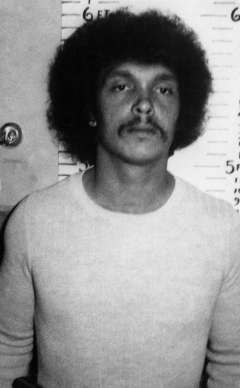
Either scenario would share a leading character—Rock Springs, a unique, liberal-leaning multicultural island in mostly white, conservative Wyoming.
The drama went public with one .38-caliber pistol shot, fired July 15, 1978, outside the Silver Dollar Bar in Rock Springs, Wyo. Ed Cantrell, 51, recently hired as the Rock Springs public safety director, leaned over the front passenger seat of a police car, with two detectives seated inside, took swift aim and shot his undercover agent between the eyes. Michael Angel Rosa was then 29.
Cantrell, an Indiana native and state policeman, moved to Wyoming in 1958. He joined the Wyoming Highway Patrol in 1960, stationed first in Rock Springs for seven years, and then Cody for four years.
Rosa, a Puerto Rican who had lived in New York City’s Spanish Harlem, had worked in Wyoming as an undercover agent in Gillette, Wyo. and then Lander, Wyo., when Cantrell hired him in late 1977 for covert drug investigation.
“He contacted him and said he wanted to clean up Rock Springs, and Mike said, ‘this is a good man, he’s straightforward, honest and a good guy and I really like him and I think he likes me too,’” said spouse Rebecca Rosa, when I interviewed her four days after the shooting.
Bust and boom in southwest Wyoming
Rock Springs, my immigrant grandparents’ destination a century-plus ago, began as a camp to mine coal for the Union Pacific Railroad. I lived there for decades, growing up, and later, writing about its radical, fossil-fuel-driven overnight transformation.
Rock Springs was a busted town in the early 1950s when the Union Pacific Coal Company laid off miners en masse after the railroad switched to diesel. Isolated, the city foundered, littered with leftover mining remains and underground mine tunnels that damaged the houses built above them when the tunnels collapsed.
Politically and culturally, it was a Wyoming anomaly, derided by dominant conservative state Republicans as a weird, Democrat place run by unions, rag-tag immigrants and rumors of murky mafias.
Then, in 1971, two utilities, not sharing much information with residents, announced plans to build the $1 billion, 2,000-megawatt, coal-fired Jim Bridger Power Plant. Locals first welcomed the construction, but became increasingly nervous as workers flooded the area, doubling the city’s 11,000 population in a few years. Simultaneous development of oil, gas and, near the nearby town of Green River, trona—the prime source of soda ash—brought more people.
These events jolted Rock Springs back to riches, and the city assumed a new identity: a quintessential western boomtown. “Impact” was the umbrella description for the ensuing social changes. Job-seeking drifters camped outside the city, and waves of incoming children inundated schools.
Questionable planning and zoning brought quick-built, shoddy housing and unsightly trailer parks. Prostitutes appeared on K Street in Rock Springs’s historic downtown bar-and-vice district, where the largely male workforce went to drink. Once-busted locals who hunkered down during the bad times scrambled to cash in on the new “loose money.” A cavalcade of boom-fueled crime unfolded: multiple murders, shootings, rapes and arson. The city assumed a feel of plain, bald-faced sleaze.
But also among the newcomers were activists who formed a loose coalition with feminists and younger residents. Some founded the innovative Sweetwater County Sexual Assault and Rape Task Force, while others caused a stir with efforts to upgrade the county hospital. The Rock Springs old guard—the bust-era families who stayed in town and, until the 1970s boom, held public offices for long periods—labeled the activists “dissidents.”
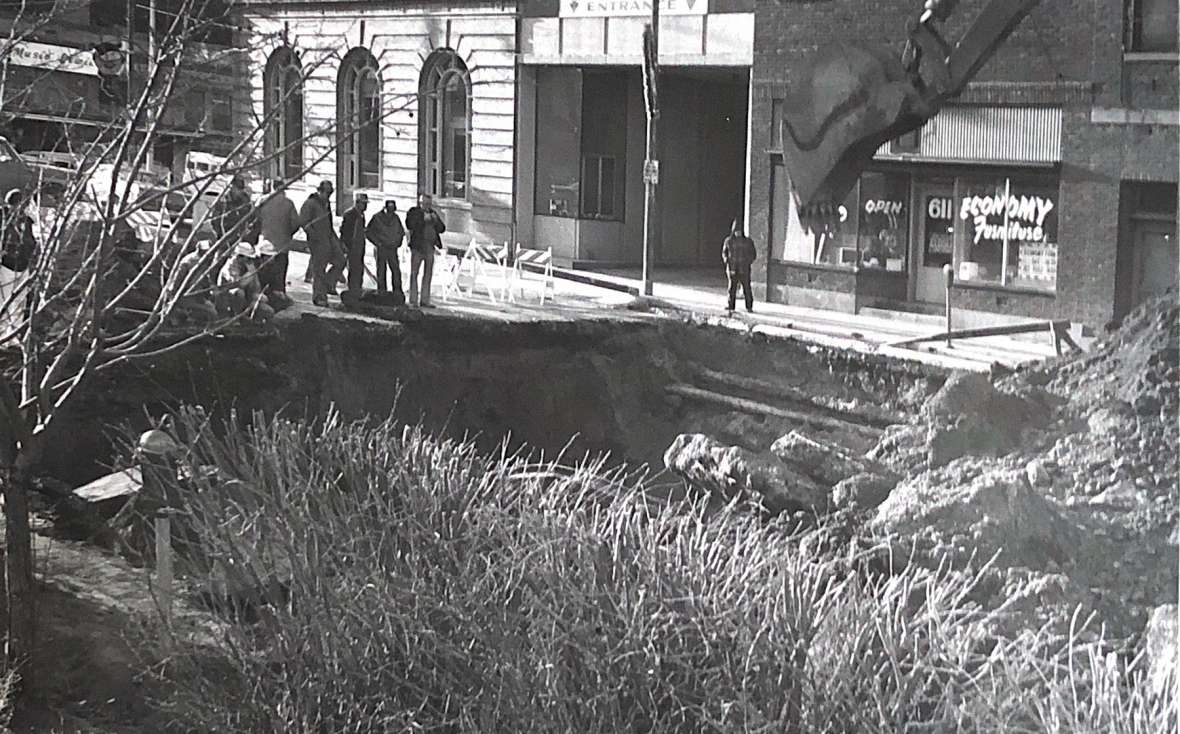
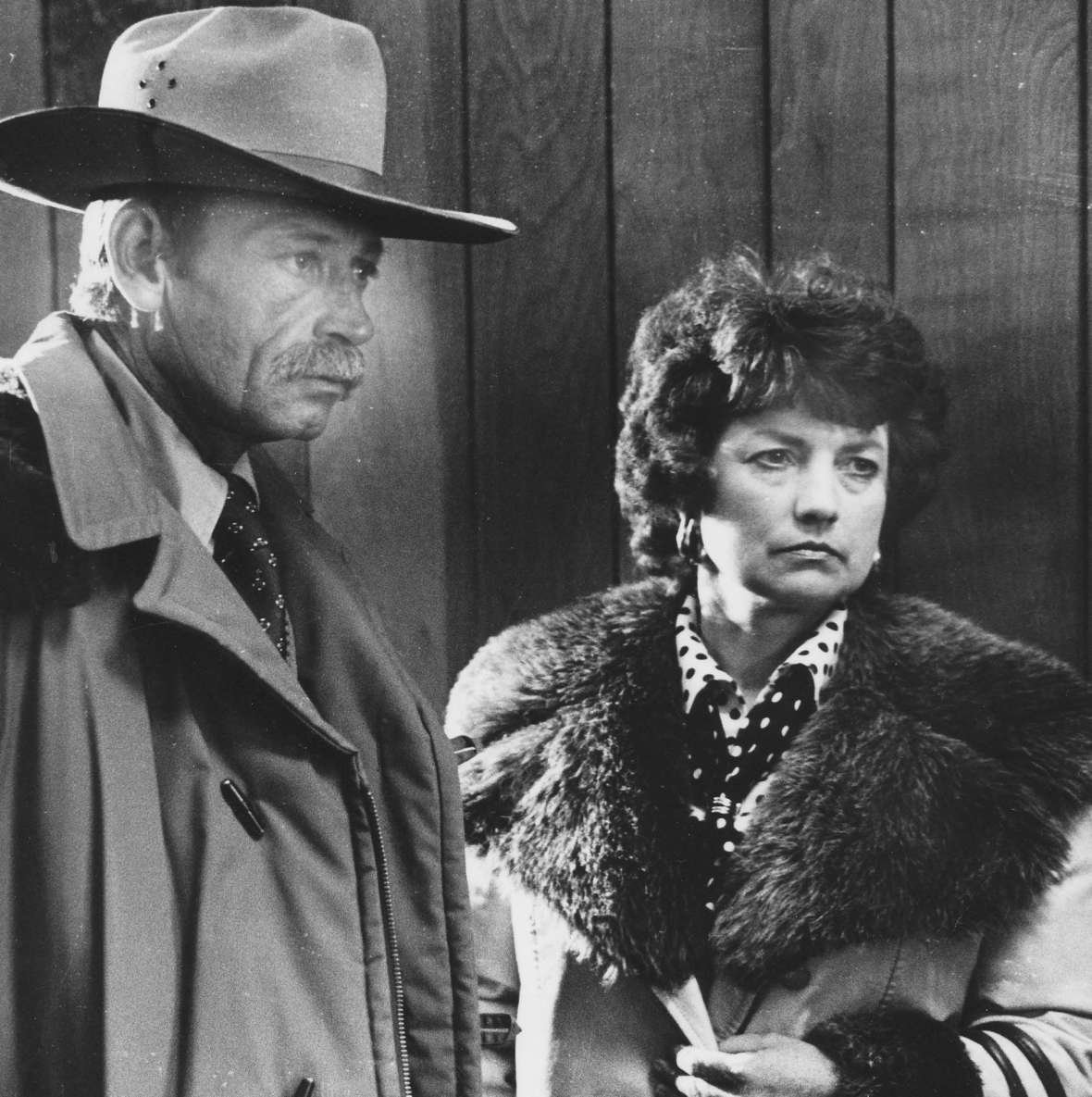
“60 Minutes” comes to town
In mid-1977 CBS newsman Dan Rather arrived “in the bone dry country they call Sweetwater County,” pointing his “special night lens” at K Street, probing police payoffs and drug deliveries. The network aired his 60 Minutes portrait of “Our Town.” A Washington Post reporter also came, noting “the dingy hub of vice in Rock Springs” where “elegant hookers in large, highly polished Cadillacs bearing out-of-state license plates, cruised the cold, windy streets as their pimps shot pool in shabby bars with cowboys and construction men.”
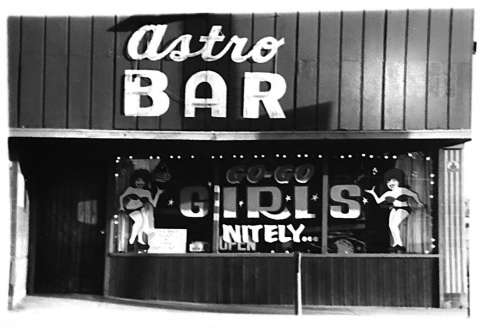
Rather concluded it was all a “blend of permissiveness and criminality,” and “beyond journalism … to establish innocence and guilt.” He also produced a second episode, “High Noon in Cheyenne,” on state politics, primarily Gov. Ed Herschler. “Gov Ed,” as people called him, was a folksy Democrat and Kemmerer, Wyo., lawyer elected by a coalition of minority Democrats, ranchers and moderate Republicans, to the dismay of conservatives. The Republican-dominated Legislature sparred with Herschler but he eventually was reelected twice.
Rather noted Herschler’s connections to Rock Springs, through state Democratic Party chairman and well-known local businessman Don Anselmi. The Anselmi family were longtime residents, and Don and his three brothers operated lucrative boom enterprises: Bill sold mobile homes, and then cars and trucks. John, a lawyer, was also on a zoning board that granted variances, or exceptions to zoning rules, including one for his brother Paul, a motel owner who developed worker apartments in a commercial-only zone. All were linked to longtime Mayor Paul Wataha, whose administration in Rather’s report was fingered as looking the other way as crime flourished.
Into the maelstrom: investigations and jittery officials
After Rather left the town, events accelerated. A state judge empaneled a statewide grand jury in November 1977. One of its prime investigative targets was Rock Springs. Herschler’s attorney general, Frank Mendicino, was accused of covering up probes, among them those in Rock Springs.
By early 1978, changes were in the air in Sweetwater County when activist newcomers and local reformers, like legislator and lawyer Ford Bussart of Green River organized to upend old politics. Two new radio stations, KUGR and KRKK, offered robust local news, along with the Casper Star-Tribune, where as a paid-by-the-column-inch correspondent, I learned much, quickly. Local officials got intensive public scrutiny, and statewide and regional exposure.
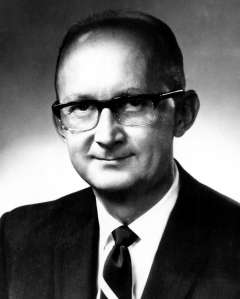
Rock Springs officials were understandably feeling the heat as grand jury investigators poked around. Cantrell meanwhile was working as Sweetwater County Sheriff James Stark’s undersheriff when Wataha hired him as Rock Springs Public Safety Director, and said he gave Cantrell “full rein” to tackle crime.
In an interview 12 hours before the Silver Dollar Bar confrontation, Cantrell told me he inherited a “good police department,” and he’d hired a detective “assigned to prostitution and narcotics almost full time and I don’t see any relief for that situation in the immediate future.” (However, when I talked with him years later, he said the department was in shambles, and he recalled K Street whores performing oral sex on new young cops, for free.)
The shot
In the early morning of July 15, Cantrell fired the shot that changed his life and ended Rosa’s. Two days later, Cantrell was charged with first-degree murder. Sweetwater County Attorney Robert Bath’s complaint included an affidavit from state Division of Criminal Investigation Director Christopher Crofts, called in by Sheriff Stark to probe the shooting.
Rosa had just been subpoenaed to appear before the state grand jury the following Monday, July 17, 1978, Crofts noted. One of the detectives in the car during the shooting, James Callas, said he had called Cantrell on July 14 to tell him about the subpoena, and also about expense reports Callas had asked Rosa to correct. Callas thought these were “trivial errors,” but cited “paranoia” in Rock Springs because the grand jury earlier had indicted the Wyoming Law Enforcement Academy director for altering travel vouchers.
Callas later reported that when he met with Cantrell the night before the shooting “Cantrell became quite angry and at one point said words to the effect of ‘Maybe we ought to just take the son-of-a-bitch out and kill him,’ ” Crofts wrote. In the early morning hours of July 15, Callas, and another detective, Matt Bider, accompanied Cantrell to the Silver Dollar Bar, and Cantrell said he wanted to talk with Rosa. Callas said both detectives, sitting in their squad car, watched Rosa enter the car in “a surly and or angry manner, (and) say, ’What do you want — you …”, followed by a gunshot.
“They both looked to see Cantrell pointing a revolver toward Rosa generally over the center of the back of the front seat,” the affidavit indicated, and “Rosa was sitting with his head slumped forward.” Callas “said something like ‘Good God, Ed, Why did you do that.’ ” Cantrell’s reply, the two detectives said, was a “cold stare.”
Crofts said Cantrell told another detective at the scene that he thought Rosa reached for a gun, and “words to the effect of ‘I could see in his eyes he was going to get me. It was him or me.’ ”
The courts: marathon preliminary, Gerry Spence arrives, and the trial
Cantrell was taken into a side door for a justice court bond hearing in downtown Rock Springs amid tight security, including some armed officers on rooftops across the street. The hearing was closed, prompting a First Amendment lawsuit by KTWO-TV reporter Pete Williams. Bond was set at $250,000. Cantrell was sent for psychiatric evaluation at the state hospital in Evanston, Wyo.
Deemed sane, with bond posted by friends, Cantrell remained free until his Nov. 13 preliminary hearing. But a new player in the drama arrived—well-known, and flamboyant—Jackson, Wyo., lawyer Gerry Spence, who agreed to defend Cantrell. Spence at this time was early in his career, just beginning to build his later fame with such tactics as western dress and his style of questioning at hearings. On the first day, the hearing was moved to the Rock Springs City Hall to accommodate spectators.
“There’s not a man, woman or child in Wyoming who doesn’t believe Cantrell is guilty,” Spence said, adding even that “the press has been victimized.” Cantrell would plead self-defense, and the case would rest on “three pitiful P’s—paranoia, panic and politics,” Spence said.
After only one day, the hearing was postponed until after the grand jury finished. The hearing finally resumed months later, Jan. 22, 1979, and ran until Feb. 8, an unprecedented length; most hearings were brief. But it gave Spence time to cajole media with a new narrative, painting Rosa as an unsavory character. When the hearing ended, Justice of the Peace Nena James sent the case to district court for trial.
Months later, District Court Judge Kenneth Hamm scheduled trial for Nov. 13, 1979, 16 months after the crime, and granted a defense motion to change venue to Pinedale, 100 miles north, a town of about 1,000 people, not unfamiliar with guns.
Prosecutors Robert Pickett and Jack Smith dutifully presented the case outlined in Bath’s complaint during the two-week trial. Spence painted a picture of Rosa as a “cop gone sour,” who may have been using drugs himself and was also having an affair. (At one point in the trial, Star-Tribune reporter Joan Barron was assigned to cover it. Spence had subpoenaed me, which made me a witness. Witnesses weren’t allowed in the courtroom, so I couldn’t attend or cover the trial. Outside the courtroom, she told me wryly, “well, they found Michael Rosa guilty.”)
Then, calling Cantrell to testify, Spence defined the proceeding with a single dramatic moment. He asked Cantrell to demonstrate his quick draw with his evidence-impounded revolver, so fast, Spence implied, that Rosa, intending to shoot, was taken out first.
Judge Hamm, who also had connections to the old guard web in Rock Springs, gave the jury only one choice to make: Find Cantrell guilty of first-degree murder, or accept his self-defense argument. After less than three hours, the verdict came: “Not guilty.” The crowded courtroom erupted in applause.
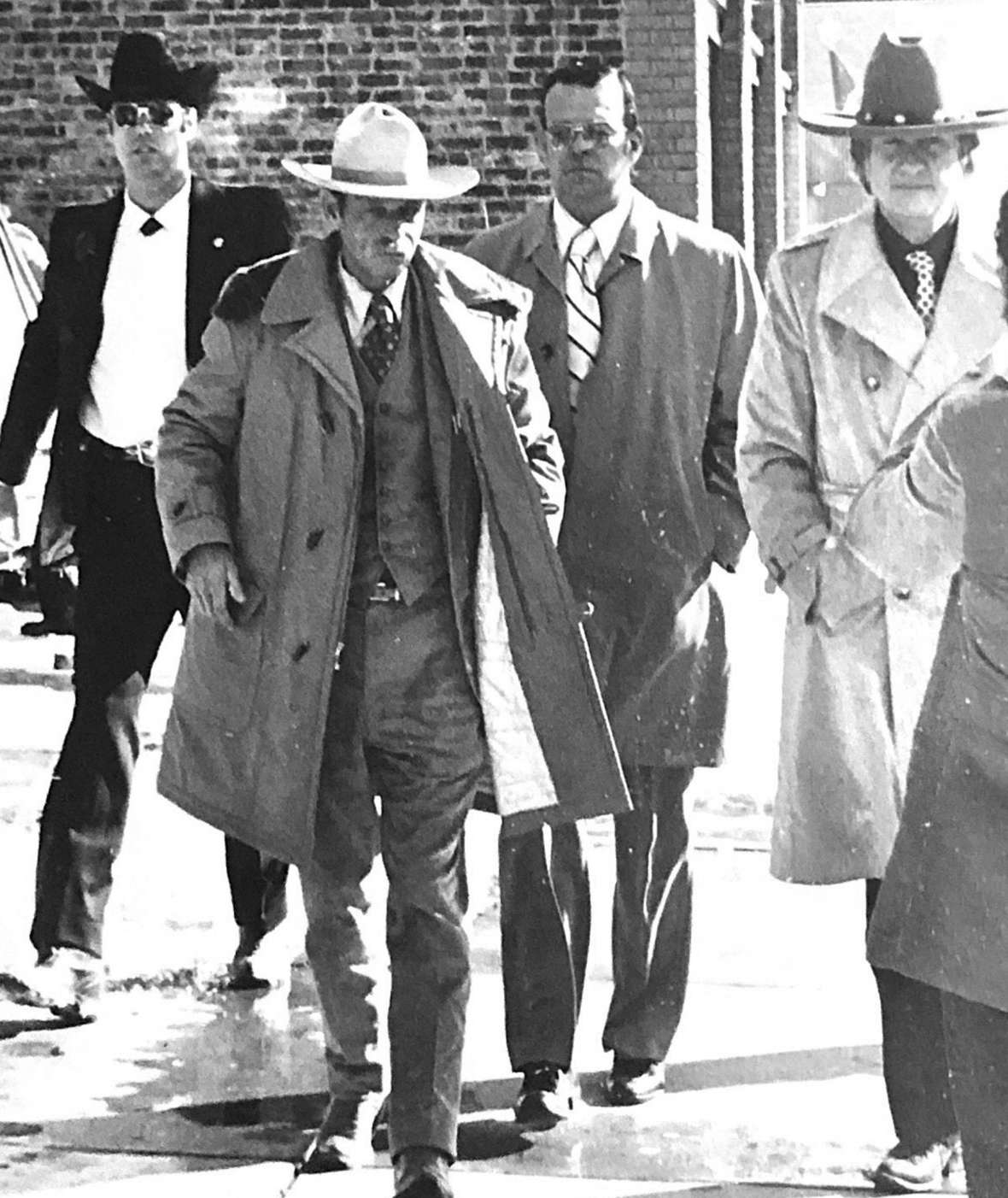
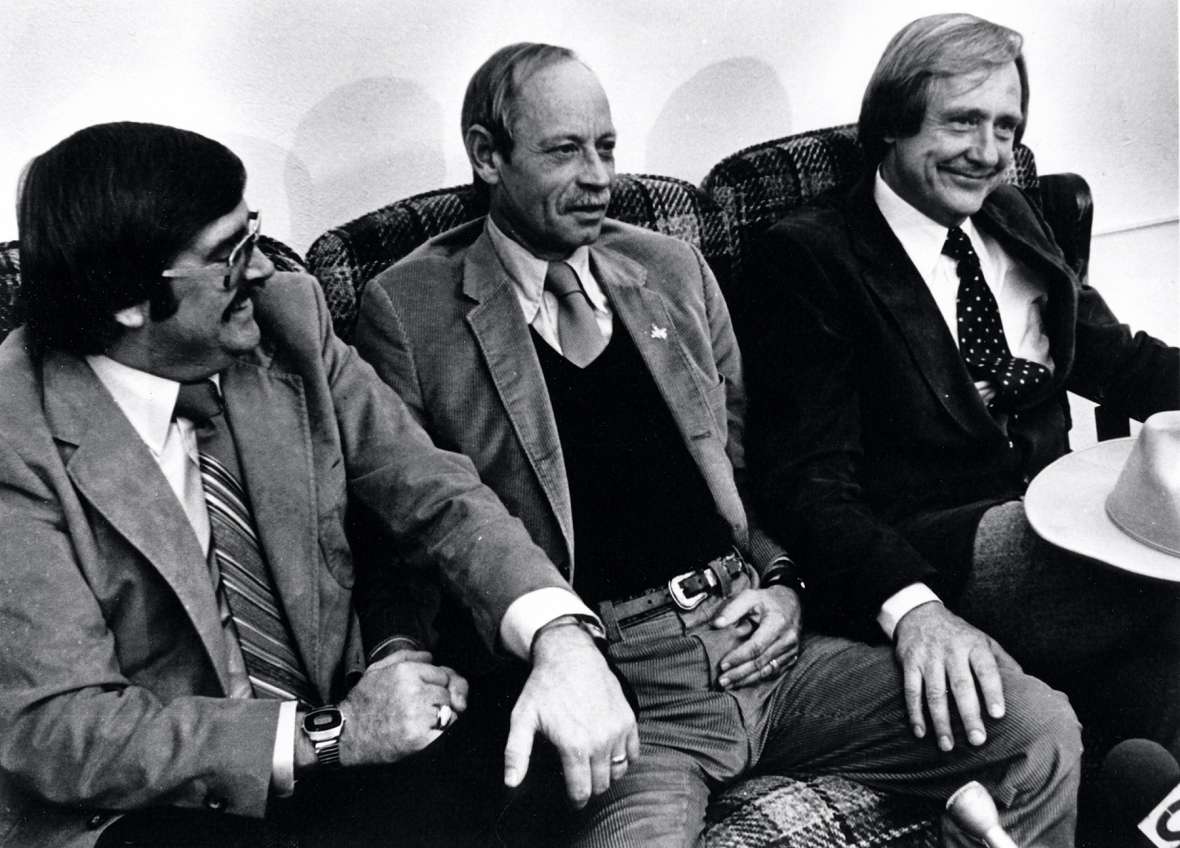
The aftermath: rustlers, western myths, and Sweetwater reform
Star-Tribune letter-writers expressed mostly outrage at the verdict, as did some Rock Springs residents I interviewed. “I knew he would get off,” said one. “Spence is a lot sharper than the people who prosecuted it,” said another. But Green River Star editor and publisher Carl Bechtold editorialized that it was over, and time to move on: “We must conclude that 12 honest folk … ruled the man was innocent.”
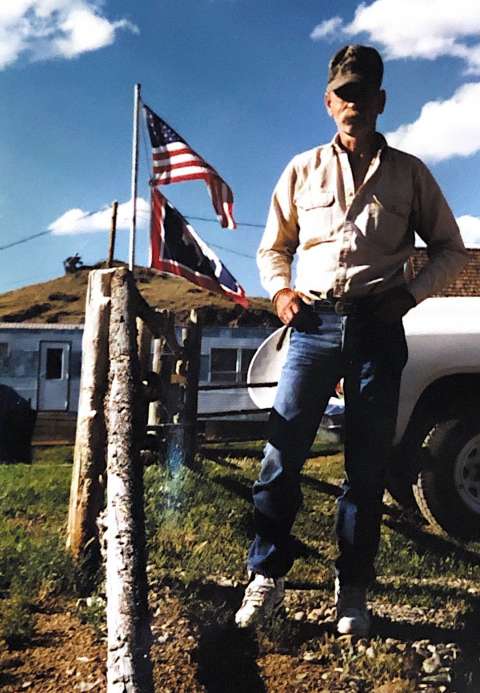
Cantrell correctly said that no law enforcement agencies would want him. So he rode off to the range, hired by Wyoming cattlemen to curb rustling. His new career attracted more national attention: Life Magazine, with a photo spread in 1983, and then Harper’s Magazine writer James Conway portrayed him in 1987 as “The Last Hired Gun.”
But for all the publicity, including later as consultant for the television miniseries, “Lonesome Dove,” Cantrell told interviewers he was deep in debt, and alone. (I last saw him at Atlantic City, Wyo., in 1996, recovering from a car accident during a January snowstorm near Laramie. Not contrite, Cantrell maintained there was no doubt Rosa was going to kill him if he didn’t act first.)
In Sweetwater County, meanwhile, reformers had triumphed in the November 1978 elections. Bussart soundly defeated 12-year state Senator Robert Johnson—Hamm’s brother-in law and also Wataha’s city attorney. Wataha filed a $63 million libel suit against Rather and CBS, but that was tossed along with his “equal time” FCC request. Rebecca Rosa’s $7 million lawsuit against Cantrell and Rock Springs officials met a similar fate.
The grand jury, meanwhile, issued its report in November 1978, and indicted 25 persons, most from Rock Springs and Casper, on drug-delivery charges, and only two lower-level state officials. No Rock Springs or Sweetwater County officials were charged and there was “no proof of payoffs,” but the jury criticized them for lax enforcement of drug and prostitution laws.
The Anselmi family continued its various business enterprises, including the Outlaw Inn, a name that harked back to Butch Cassidy’s days in Rock Springs. An Anselmi grandson, Jay, recalled the city in a 2016 memoir, Heavy. Interviewed by Wyoming Public Media, he said, “The narrative that they [his family] would tell was always the 60 Minutes episode and all that stuff is just complete bull. I think the truth is maybe not quite in the middle, but definitely more tinges of shadiness with my grandpa than my family told me about.”
Cantrell died on June 11, 2004. The debate over what came down on July 15, 1978, still continues. The Old West adage that “dead men tell no tales” means we never heard Rosa’s version of what happened. But in the legal wrangle at his trial, Cantrell won that fight.
Resources
Primary Sources
- “An Editorial: Serious accusations.” Casper Star-Tribune, May 28, 1977, 1, 4.
- Arlen, Michael J. “The air: The prosecutor.” New Yorker, Nov. 28, 1977, 166-173.
- Barron, Joan. “Candidates Johnson, Bussart want ‘high type’ Sweetwater campaign.” Casper Star-Tribune, July 21, 1978, 1.
- __________. “Cantrell identified with, liked Rosa.” Casper Star-Tribune, Nov. 28, 1979, 1, 23.
- __________. “Debate continues over Cantrell trial.” Casper Star-Tribune, Dec. 12, 1978, 5.
- __________. “Ed Cantrell case to go before jury.” Casper Star-Tribune, Nov. 29, 1979, 1, 25.
- Bechtold, Carl. “Let the jury rule.” Green River Star. Dec. 5, 1979, 10.
- Brinkley-Rogers, Paul. “Boomtown Killing of an Undercover Cop.” Washington Post, July 23, 1978.
- Cannon, Lou. “Corruption trails Wyoming energy boom.” Washington Post. April 29, 1979, 10.
- “Cantrell Found Not Guilty.” Rock Springs Daily Rocket-Miner, Dec. 1, 1979, 1.
- “DCI finds no Rosa break-in.” “JP explains press ban to high court.” Casper Star-Tribune, Aug. 22, 1978.
- DuPont, Kate. “Putting a price on ‘anguish’ — “Wataha sues papers, radio TV, asks for over $60 million for ‘defamation’.” Green River Star. Oct. 18, 1978, 3.
- Field, Eleanore W., and Paul Krza. “Fourteen arrested on indictments.” Casper Star-Tribune, Sept. 7, 1978, 1.
- Haskett, Mary Ellen. “AG tells investigator: carry charge to court.” Casper Star-Tribune, May 28, 1977, 1, 4.
- Holt, Don, and Paul Brinkley-Rogers. “Crime: Wide-open town.” Newsweek, Aug. 7, 1978. 1977, 1, 4.
- Ivins, Molly. “Anatomy of a murder in a Wyoming town.” New York Times, July 28, 1978.
- “Jury staff heads for Rock Springs.” UPI. Casper Star-Tribune, July 25, 1978, 1.
- Krza, Paul. “Cantrell charged with murder.” “Document tells of threat to victim.” “Two other cops in car uninvolved: official.” Casper Star-Tribune, July 18, 1978, 1, 16.
- ________. “Cantrell pleads innocent to murder.” Casper Star-Tribune, Feb. 8, 1979, 1-2.
- ________. “Cantrell verdict reaction.” Casper Star-Tribune. Dec. 1, 1979.
- ________. “Cantrell’s lawyer: ‘self defense.’” Casper Star-Tribune, Nov. 14, 1978, 1-2.
- ________. “Homicides way up since Rock Springs boom.” Casper Star-Tribune, July 31, 1978, 1-2.
- ________. “Rock Springs council may crack down on trailer parks.” Casper Star-Tribune, June 2, 1980, 5.
- ________. “Rock Springs has traveled the boom-bust road before.” “Rock Springs is a real town.” High Country News, Feb. 18, 1985, 12-13.\
- ________. “Rosa’s gun may not have been secured: agent.” Casper Star-Tribune, Jan. 27, 1979.
- ________. “Rosa’s reports stolen after shooting.” “Cantrell: Drugs top priority.” Casper Star-Tribune, July 18, 1978, 1, 37.
- ________. “Stafford defends her decision on hearing.” Casper Star-Tribune, July 20, 1978, 29.
- Krza, Paul, Joan Barron and Phil McAuley. “Undercover cop shot to death.” “State grand jury subpoenaed victim.” “Cops may have seen shooting.” Casper Star-Tribune, July 16, 1978, 1.
- Krza, Paul. Unpublished conversation with Ed Cantrell. Atlantic City, Wyo., 1996.
- Letters & Comments. Casper Star-Tribune, Dec. 12, 1978, 5.
- McAuley, Phil. “Friends mourn for slain policeman.” Casper Star-Tribune, July 20, 1978, 29.
- ____________. “Sheriff: if bond is approved, ranchers will help Cantrell.” Casper Star-Tribune, July 30, 1978, 1.
- McClanahan, E. T. “Rock Springs: ‘Hell on Wheels’.’’ UPI. Casper Star-Tribune, July 24, 1978, 15.
- Rather, Dan. “High Noon in Cheyenne.” 60 Minutes. Aired Oct. 30, 1977.
- __________. “Our Town.” 60 Minutes. Aired Oct. 23, 1977, accessed July 27, 2020 at https://www.facebook.com/raleigh.robertson.5/videos/2720796117990721.
- Robinson, Steven. “’60 Minutes’ vs. Wyoming: Corruption report angers Rock Springs mayor; draws fire from ‘New Yorker’ TV critic.” HELLBOX, edited by MORE magazine, Feb. 1978, 6-7.
- Udevitz, Norm. “Rosa death sparks alarm in Wyo. city.” “Cantrell depicted as tough, 2-gun cop in Wyatt Earp mold.” Denver Post, July 23, 1978, 1, 3.
- Wyoming State Grand Jury Report. Empaneled Nov. 21, 1977. Filed Nov. 17, 1978.
Secondary Sources
- Anselmi, J. J. Heavy. Los Angeles, New York: A Barnacle Book, 2016.
- Conaway, James. “The Last Hired Gun: Ed Cantrell gets the job done.” Harper’s Magazine, August 1987, 58-63.
- “Ed Cantrell.” Wikipedia, accessed July 13, 2020 at https://en.wikipedia.org/wiki/Ed_Cantrell.
- Martin, Nathan. “A New Memoir Shows Two Different Sides of Underground Rock Springs.” Wyoming Public Media. Aired May 13, 2016.
- Singular, Stephen. “A lawman’s story: Ed Cantrell has seen justice from both ends of the barrel.” Empire Magazine, Denver Post, May 20, 1984, 8-13, 21.
- “Wyoming is a state of mind — A conversation with Jack Pugh.” Northern Lights, Jan. 1985, 12-15.
Illustrations
- The photos of mine subsidence; the Astro Bar; Cantrell, Spence and the two policemen, and the color photo of Cantrell in Atlantic City are by Paul Krza. Used with permission and thanks.
- The photo of Ed and Norma Cantrell is from the Sweetwater County Historical Museum. Used with permission and thanks.
- The photos of Detective Michael Rosa, Mayor Paul Wataha and the photo of law partners Moriarty and Spence with Cantrell after the acquittal are from the Casper Star-Tribune collection at the Casper College Western History Center. Used with permission and thanks.
